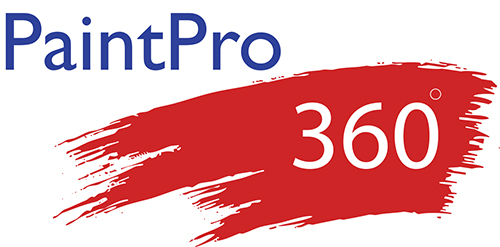Professional wallpaper hanging.
Wallpapering is a skilled job, but it’s one that can be undertaken by a competant DIY’er. As with all decorating the key to success is through good planning and preparation.
Here are the steps for a professional wallpaper hanging process:
Measure and plan: Measure the walls carefully and plan how many rolls of wallpaper you will need. You need to be mindful of the losses due to pattern repeats, some wallcoverings have a large repeat, this means more rolls will be needed to compensate. Determine the best layout for the wallpaper based on the room’s architecture and furniture placement. Decide on the start end points. In general, the usual practice is to start in a corner and work away from the light (window) In some cases if a room has a chimney breast, it may be advisable to start in the centre and work away from each side. Other times it may be advisable to start in a ‘blind’ corner ( on the door wall) so that the mismatch will not be as noticeable.
Prepare the room: Remove as much furniture or objects that may be in the way. Cover the floors with dust sheets or polythene sheets to protect them from adhesive or paint spills. In the case of polythene sheets, be careful of slipping in case of adhesive spills. Turn off power to any electrical outlets or switches, and remove any light fixtures or other items that may be in the way.
Prepare the walls: If there is existing wallpaper or adhesive residue on the walls, remove it completely. Fill in any holes or cracks and sand the walls smooth. Prime the walls with a wallpaper primer to help the adhesive stick better. Remember the old saying fail to prepare, prepare to fail!
Wallpaper prep and check: Check that the wallpaper has identical batch and shade numbers. Also check if the adhesive is to be applied to the paper or wall.If the paper has a large pattern, try to ensure that the pattern shows in it’s entirety at the top of the wall and that it doesn’t cut through. Cut the wallpaper into strips, leaving a few extra inches at the top and bottom to allow for trimming. Match the pattern as necessary, and label each strip with its position in the sequence. It can be helpful to mark the top of the paper to help orientation once it’s pasted. Another tip is that sometimes by cutting from different rolls at the same time, wastage can be lessened.
Mix the adhesive: Mix the wallpaper adhesive according to the manufacturer’s instructions. Use a high-quality adhesive that is appropriate for the type of wallpaper you are hanging. I prefer ready mixed adhesive rather than the powdered/flakes. The ready mixed usually has additional pva and provides a stronger bond.
Hang the wallpaper: Starting at position determined in the planning stage. Use a plumb line or laser line to mark a straight line for the first strip of wallpaper. Apply the adhesive to the wall or wallpaper and carefully hang the first strip, aligning it with the plumb line. Smooth out any bubbles or wrinkles with a wallpaper smoothing brush or tool. Once the wallpaper is hung, use a sharp wallpaper knife or scissors to trim the excess paper at the top and bottom of the wall. Sometimes a few lengths of paper can be hung and then trimmed at the same time, on other occasions trimming each length one at a time is necessary.
Continue hanging the wallpaper: Hang subsequent strips of wallpaper, aligning them with the previous strip and matching the pattern if necessary. Use a wallpaper brush/spatula/smoothing tool to ensure that the paper and seams are properly sealed. Have a damp sponge handy to wipe off any surplus adhesive from the ceiling, skirting boards and surface of the paper as you continue around the room.Allow the wallpaper to dry for at least 24 hours before painting or adding any additional decorations.
Once complete, stand back and admire your work!
